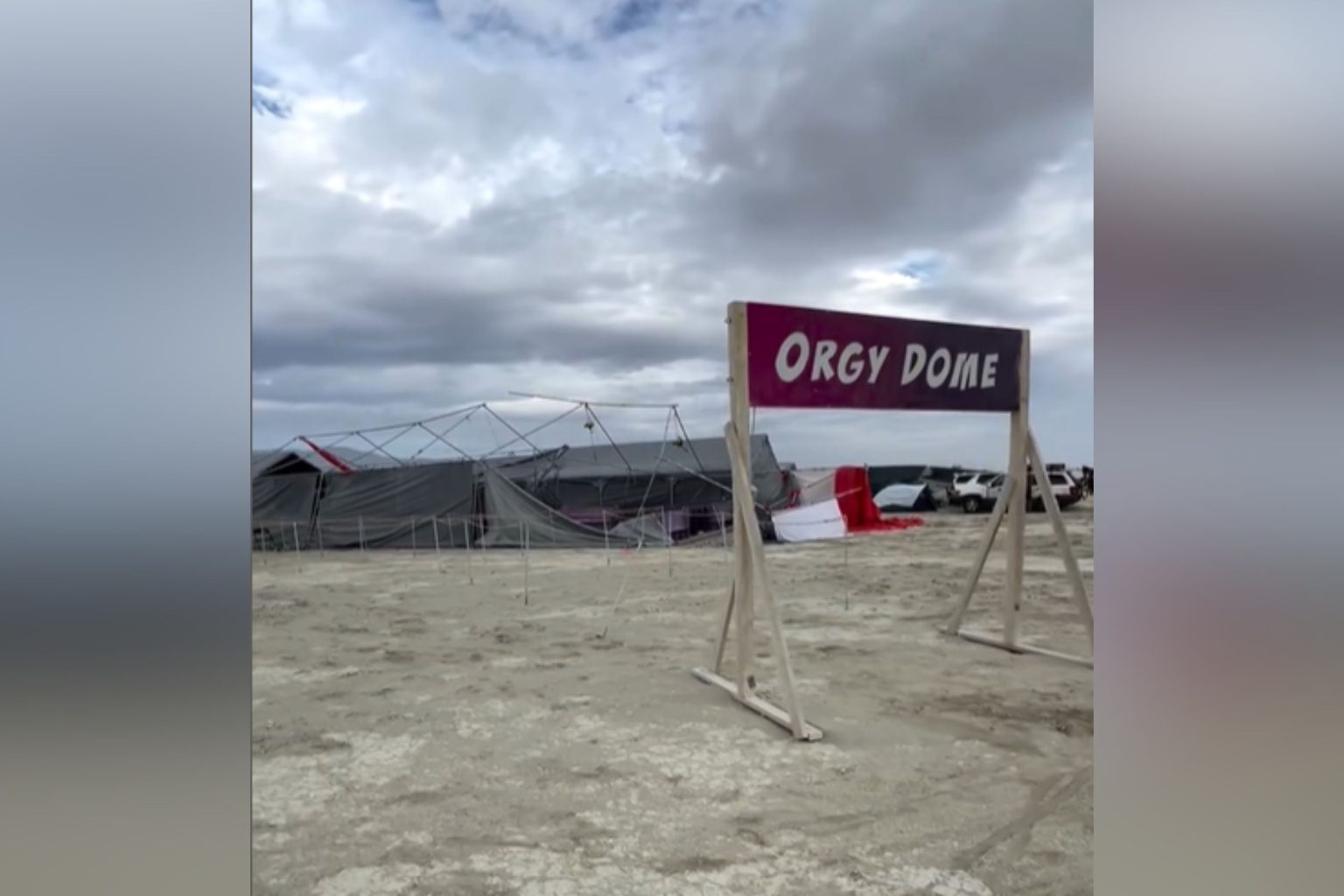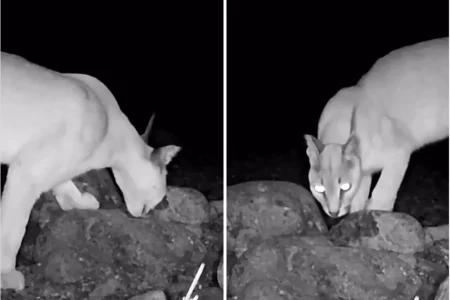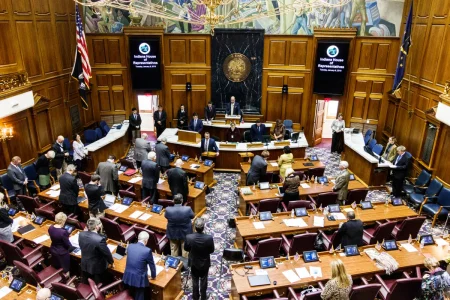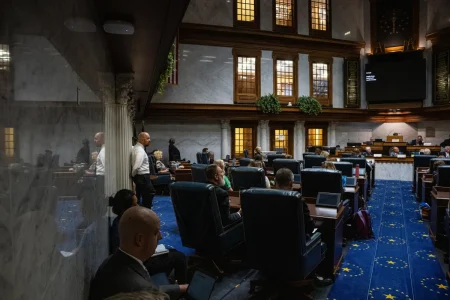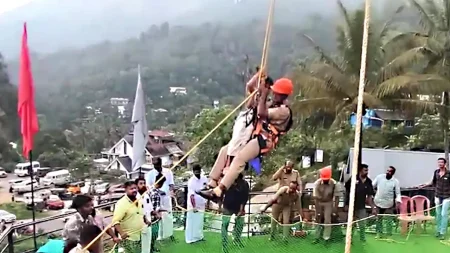Historic Burning Man “Orgy Dome” Falls Victim to Desert Winds
In a significant blow to one of Burning Man’s longest-standing and most notorious attractions, the festival’s infamous “Orgy Dome” has been destroyed by powerful desert winds sweeping through Nevada’s Black Rock City. For over two decades, this unique space has served as a cornerstone of the festival’s sexually liberated culture, providing what organizers describe as a “sex-positive, consensual space for couples and moresomes” since 2003. The San Francisco Chronicle has recognized it as one of the event’s most established attractions, serving the approximately 70,000 attendees who make the annual pilgrimage to this temporary desert community. The dome’s destruction represents not just the loss of a physical structure, but a symbolic blow to one of the event’s most recognized private spaces that embodied the festival’s principles of radical self-expression and inclusion.
On August 24, organizers took to Instagram to share the devastating news, stating that their structure had been “destroyed by the winds” and was “beyond repair.” Accompanying photos revealed the once-proud dome reduced to a dilapidated tent filled with sand, its skeletal frame exposed to the harsh desert elements. The post conveyed the heartbreak felt by the team: “Our build team worked so hard this past week to erect our lovely space. Unfortunately, the winds yesterday undid all that labor and wrecked our structure.” Despite this setback, the resilient organizers expressed hope to still offer some workshops during the remainder of the festival, demonstrating the persistent spirit that has kept Burning Man thriving despite countless environmental challenges over the years.
The destruction came amidst severe weather warnings issued by the National Weather Service for the Black Rock Desert region. On Sunday, the NWS cautioned about scattered thunderstorms expected throughout Northern and Central Nevada until 10 p.m., with some potentially developing into more severe systems. Forecasts predicted wind gusts approaching 50 miles per hour alongside the possibility of localized flooding—conditions particularly hazardous for temporary structures like those erected for the festival. “If you’re on the playa at the Black Rock Desert, you may very well be in for a muddy mess Monday through Wednesday,” warned the NWS office in Reno, foreshadowing the challenging conditions that would ultimately claim the Orgy Dome among potential other casualties of the harsh desert environment.
Social media quickly filled with dramatic footage of festival-goers battling the elements, desperately attempting to secure their tents and structures against the ferocious dust storm. By Tuesday, conditions had deteriorated further, prompting Burning Man organizers to post an update on X (formerly Twitter): “The Gate into and out of Black Rock City is currently closed. Rain is coming down, thunderstorms are present, and strong winds may follow. If you are in Black Rock City: Keep an eye out for lightning, take care of your camps, and stay safe. The playa is too wet to drive. Do not drive. Do not travel to BRC at this time.” These warnings underscored the seriousness of the situation facing attendees, who found themselves effectively stranded in the temporary city with limited options for shelter or escape.
For the uninitiated, Burning Man represents far more than just another music festival or gathering. This week-long celebration, running from August 24 to September 1 this year, transforms a desolate stretch of Nevada desert into Black Rock City—a temporary metropolis dedicated to art, self-expression, and community. Taking its name from the massive wooden effigy burned on its penultimate night, the festival emphasizes principles of radical inclusion, decommodification, and self-reliance. Within this experimental society, spaces like the Orgy Dome have served important cultural functions, offering safe environments for exploration and connection that align with the event’s ethos of personal freedom within communal responsibility.
While the destruction of the Orgy Dome represents a significant loss for this year’s festival, it also highlights the ephemeral nature inherent to Burning Man itself—a celebration built around temporary creations and the acceptance of impermanence. The loss of this 20-year institution reminds participants of the harsh realities of desert life and the unpredictable forces of nature that have always shaped the Burning Man experience. As the festival continues through September 1, attendees will navigate not just the physical challenges posed by deteriorating weather conditions, but also the emotional impact of losing iconic spaces that have defined the event for generations of “Burners.” Yet in true festival spirit, this destruction will likely inspire new creations and adaptations in the years to come, continuing the cycle of birth, death, and rebirth that lies at the heart of the Burning Man philosophy.





